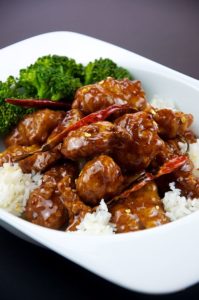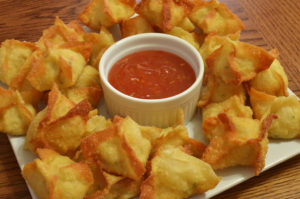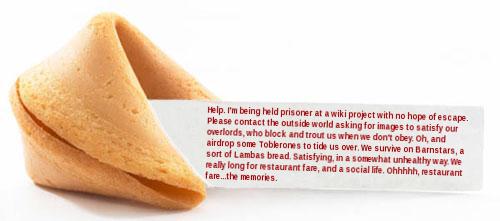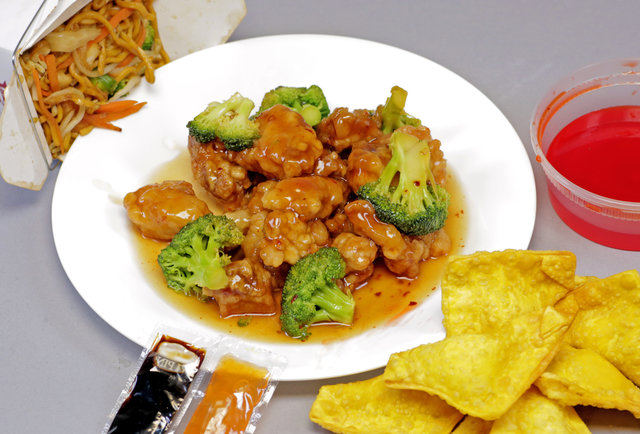
Chinese foods are everywhere. I mean, not only you can find at least one of them in most of the places in the United States, but you can also find them all around the world. But in this article I’m just going to focus on the Chinese restaurants in America. If you often eat in a Chinese restaurant in the United States, you surely realized that there are many “universal dishes” in the Chinese restaurants in the U.S. that you can surely find in almost all the Chinese restaurants in the nation.
Those dishes are, but not limit to General Tso’s chicken, sweet and sour chicken, Mongolian beef, crab Rangoon, and, of course, the fortune cookies. But did you know that many of those “universal dishes” are actually Americanized Chinese dishes?
In this article, we will talk about three different Chinese foods that can be considered “universal” Chinese foods in the United States: General Tso’s chicken, crab Rangoon, and fortune cookies; their origins, their ingredients, the history of the food, and how people think about them.

So let’s talk about General Tso’s chicken. Unlike some other dishes like sweet and sour chicken that the name directly reflects what is in the dish, General Tso’s chicken is actually named after a person. General Tso, or Zuo Zhongtang in Mandarin Chinese, was a Qing Dynasty general and statesman (1812-1885). However, there is no evidence that he had any connection with General Tso’s chicken.
General Tso’s chicken uses breaded chicken with sweet, sour, and spicy sauce. The dish is always served with broccoli.Although there are many versions of the origin of the General Tso’s chicken, there is a common notion that the dish is either from Taiwan, or created by a cook in the New York City. As many people have already guessed, there is no such dish in mainland China. However, there are dishes that use similar cooking styles in the Hunan providence in China.
I gave some samples of General Tso’s chicken to three different people and ask for the feedback after they tastes them. Mentao, a Chinese international student; Walker, a domestic student who loves Americanized Chinese food; and McKenna, a domestic student who has been to China before all tried the samples.
Mentao liked the chicken as long as he didn’t compare it to the “real” Chinese food. He also pointed out that the chicken tastes like sauced chicken nuggets so it is more “American” than Chinese. Walker totally liked the chicken and he said it tasted good. However, McKenna wasn’t a big fan of General Tso’s chicken because after she tasted “real” Chinese food in China, she thinks that Americanized Chinese foods are not as good as the “real” Chinese food.
If we say that General Tso’s chicken was based on some kind of origin Chinese cooking style, then the crab Rangoon is almost having nothing to do with China.

Crab Rangoon uses cream cheese and wonton wrap as its main ingredients. The cook wraps the cream cheese inside the wanton wrap, and deep fries it until crispy. Although crab Rangoon can be found in almost all the Chinese restaurant in the United States, again, this dish has nothing to do with Chinese food.
The word “Rangoon” in the name “crab Rangoon” is really an old name of Yangon, the largest in Myanmar. Although the origin recipe of the crab Rangoon was probably a Burmese recipe, crab Rangoon was probably invented by a Hawaiian or a Pacific islander restaurant in San Francisco in 1950s. Cream cheese is nonexistent in Chinese food, therefore, it is unlikely that this dish was invented by the Chinese.
After the tasting, Mentao liked the taste of the crab Rangoon, but refuse to recognize it as Chinese food. Walker likes it, and McKenna did not like it.

The common and the most famous Americanized Chinese food is probably the fortune cookie. There used to be a joke about fortune cookie that someone found a piece of paper in the fortune cookie saying: “HELP! I am a prisoner trapped in the Chinese fortune cookie factory!” For people who are really into this joke, you might be disappointed about what I’m going to say: Chinese fortune cookie factory does not exist, and fortune cookie is something invented by the Americans.
The fortune cookie’s original version came from Japan, which was imported into the U.S. in the early 20th century. During WWII, Chinese fortune cookies drove Japanese cookies out and took control of the market, and they soon spread across the nation. Ironically, the fortune cookie never entered the Chinese market, even though there was an attempt of introducing the fortune cookie to the Chinese people in 1992; it failed because it was too “American”.
So now that you know where these dishes come from, do you still want to eat them? All of our guests agreed that as long as they taste good, it’s okay that they are not really authentic Chinese foods.
How do you feel after you learn the origin of these foods? Are you surprised? Feel free to comment!
Yihao is also the host of the show “Global Perspective” at KRUI every Wednesday from 3-4 pm. The show focuses on international students’ issues in Iowa City, as well as introducing different cultures around the world.




